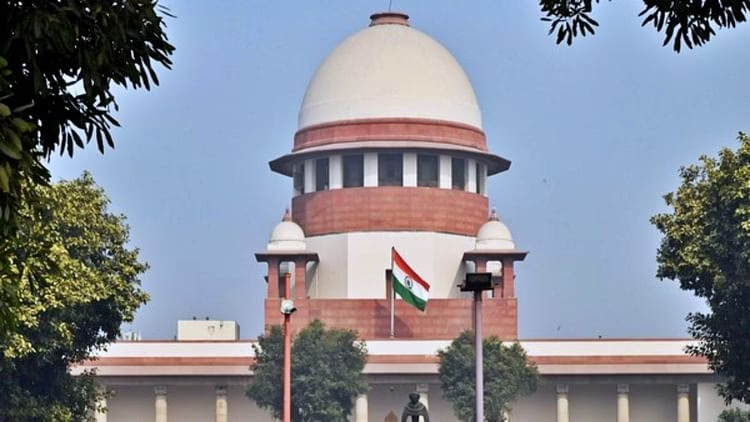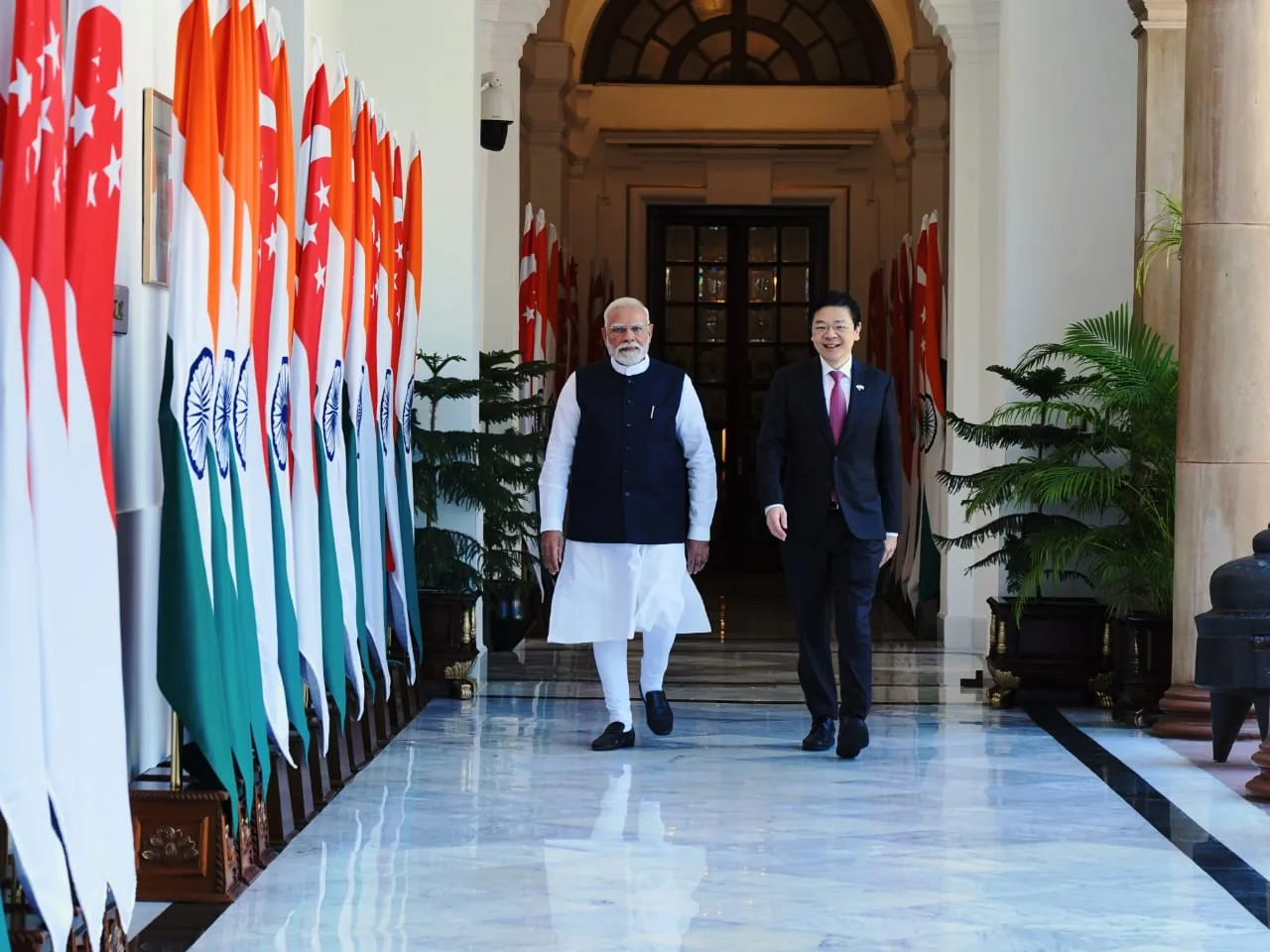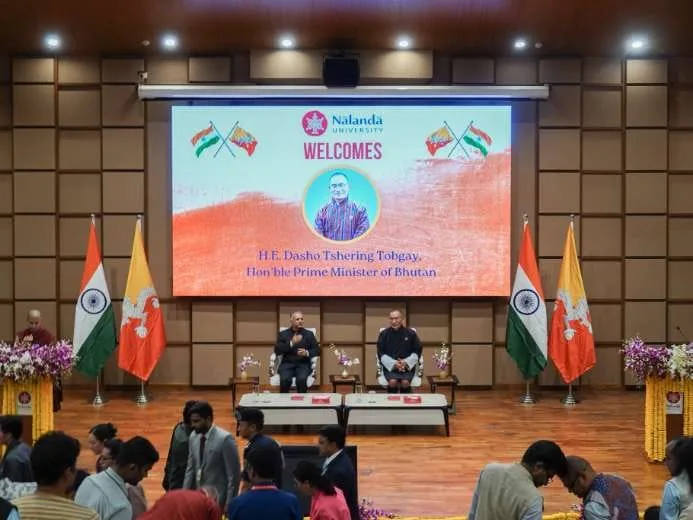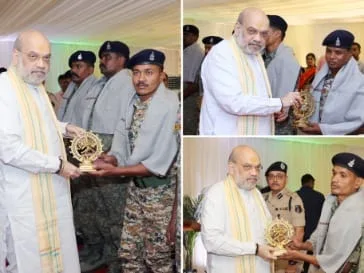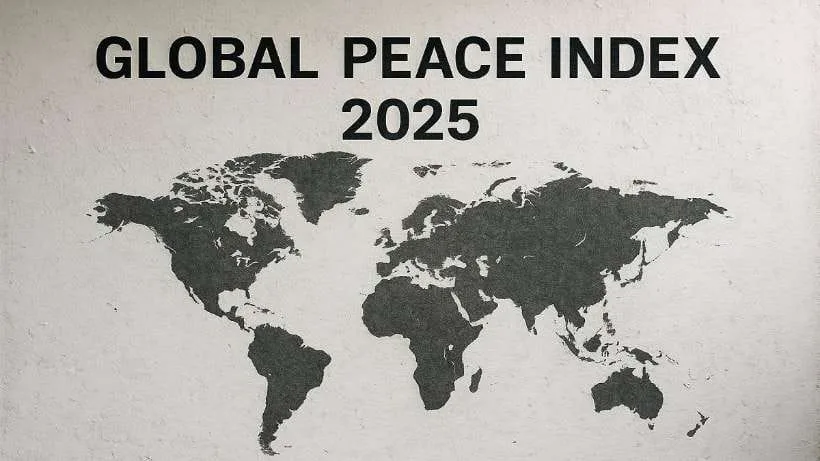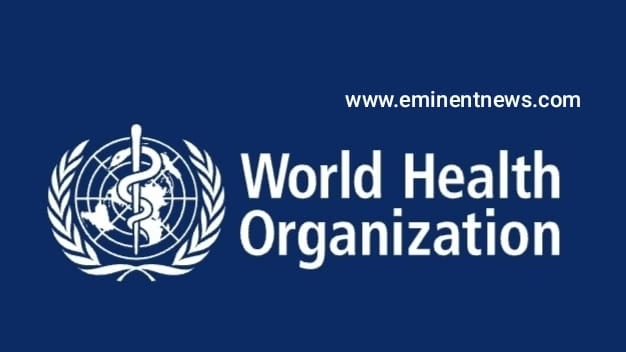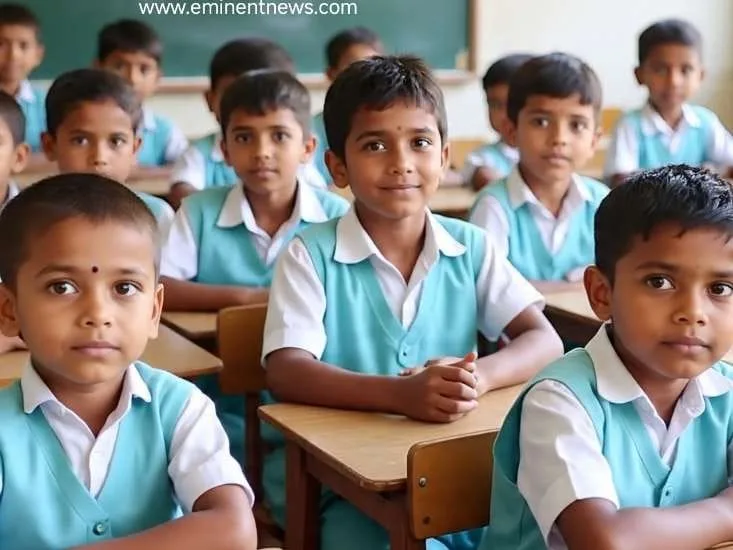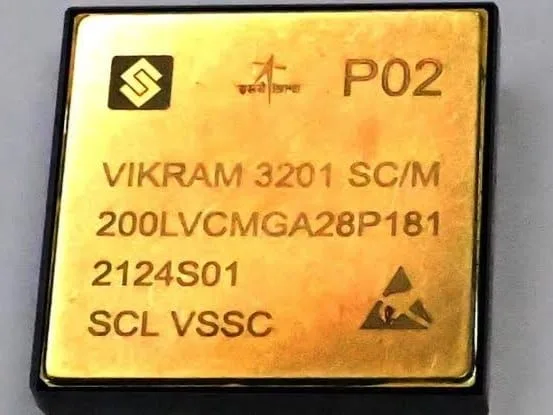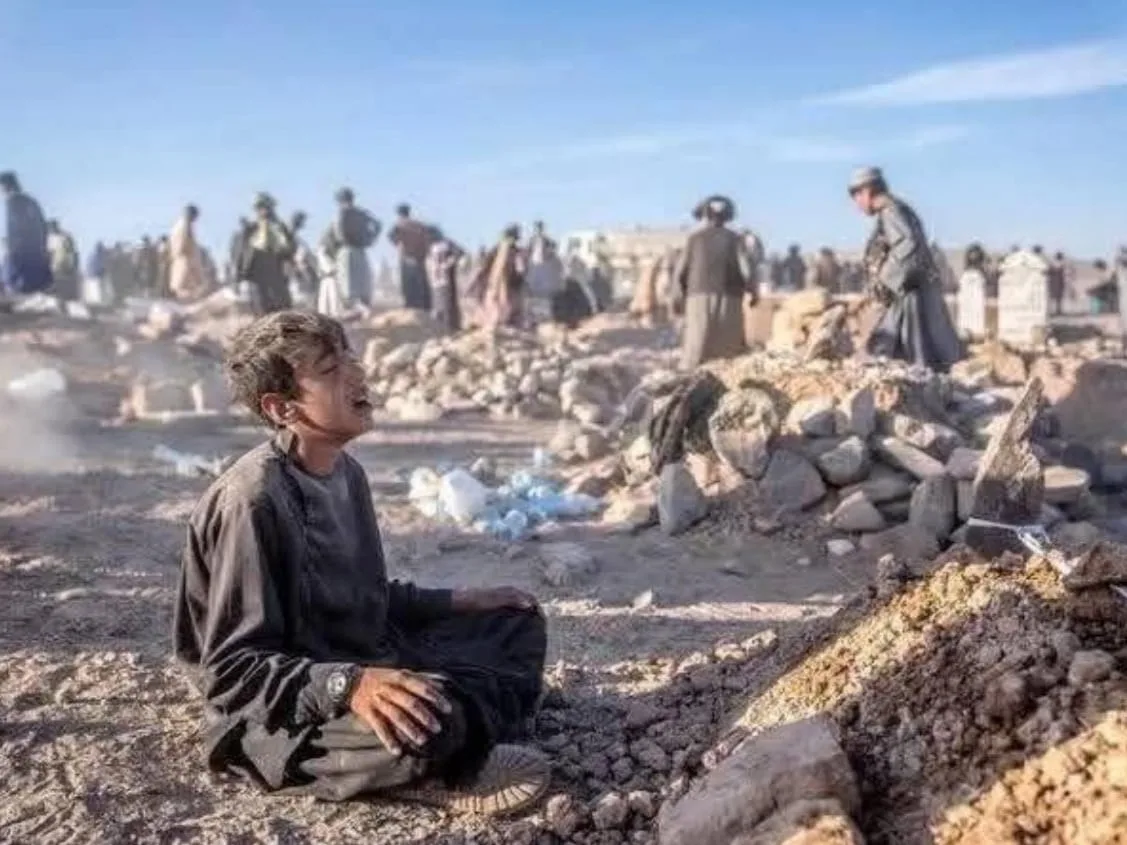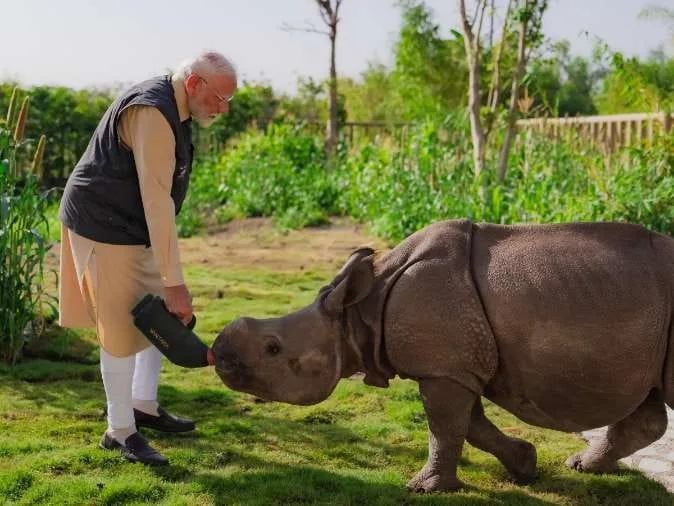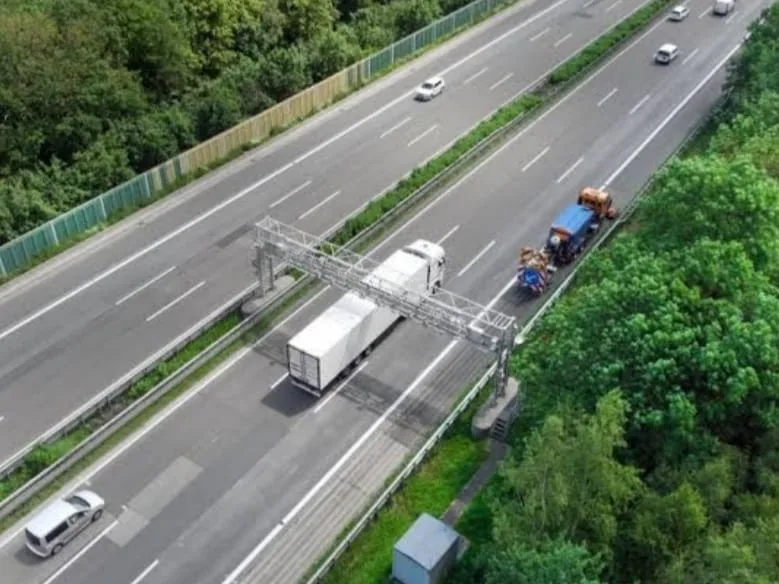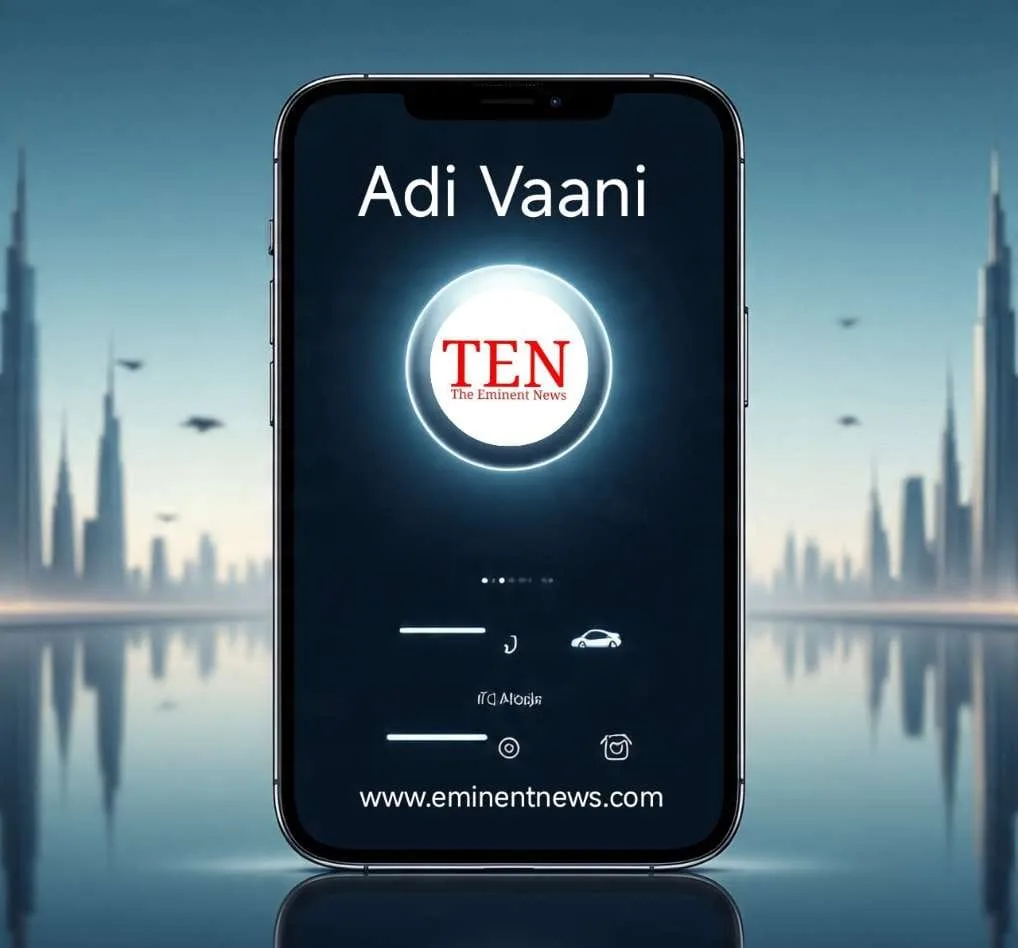1) Integrated child development program:
The Integrated Child Development Services (ICDS) scheme is a flagship program of the Indian government that aims to improve the health, nutrition, and education of children . Launched in 1975, ICDS is one of the world’s largest community-based programs for early childhood care and development .
Objectives of ICDS:
- To improve the nutritional and health status of children in the age group of 0-6 years .
- To lay the foundation for the proper psychological, physical, and social development of the child .
- To reduce the incidence of mortality, morbidity, malnutrition, and school dropout .
- To achieve effective coordination of policy and implementation amongst the various departments to promote child development .
- To enhance the capability of the mother to look after the normal health and nutritional needs of the child through proper nutrition and health education .
Beneficiaries:
- Children aged 0-6 years .
- Pregnant women .
- Lactating mothers .
- Adolescent girls (since 1991, for non-formal education and training on health and nutrition) .
Services Provided Under ICDS:
- Supplementary Nutrition: Providing food to children, pregnant women, and lactating mothers . Severely malnourished children receive a higher nutritional rate per day .
- Health Check-ups: Regular health check-ups for children and mothers are conducted at Anganwadi Centres .
- Immunization: Protecting children from vaccine-preventable diseases .
- Referral Services: Providing medical attention to sick or malnourished children .
- Early Childhood Care and Pre-school Education: Providing pre-school education to children aged 3-6 years .
- Nutrition and Health Education: Educating women on health, nutrition, and childcare practices .
Implementation:
- The services are delivered through Anganwadi Centres (AWCs), which are community-based centers managed by Anganwadi Workers (AWWs) .
- AWWs are trained local women who act as a link between the community and the government .
- AWCs serve a population of approximately 1,000 in rural and urban areas and 700 in tribal areas .
Impact:
- ICDS aims to improve the nutritional and health status of children and women .
- The program has contributed to improved child development and school enrollment .
ICDS is a comprehensive program that addresses the multifaceted needs of children and women, contributing to their holistic development .
2) E Sanjeevani :
it is India’s National Telemedicine Service, providing remote health consultations through a digital platform . It aims to offer accessible, equitable, and cost-effective healthcare services to all citizens .
Key aspects of eSanjeevani:
- Functionality: eSanjeevani enables safe and structured video-based clinical consultations between doctors in hospitals and patients at home .
- Accessibility: It bridges gaps in healthcare access, particularly in remote areas, by allowing patients to consult with doctors and specialists from their smartphones or computers .
- Two main models:
- eSanjeevani AB-HWC: A doctor-to-doctor telemedicine service connecting patients in rural areas with doctors at health and wellness centers .
- eSanjeevani OPD: A patient-to-doctor telemedicine service that allows citizens to access outpatient services from home .
- Reach: As of April 6, 2025, eSanjeevani has served over 36 crore patients through teleconsultations since its launch in 2020 . Over 230,000 health service providers are onboarded .
- Services Offered: The platform offers a wide range of medical specialities .
- Digital Health Integration: eSanjeevani is a part of India’s digital health ecosystem, integrated with the Ayushman Bharat Digital Mission (ABDM) . This integration securely connects patients, healthcare providers, and health systems through a unified digital infrastructure .
eSanjeevani is the world’s largest telemedicine platform for primary care . It has 131,793 operational spokes and 17,051 hubs established .
How has eSanjeevani impacted healthcare delivery during the pandemic ?
E-Sanjeevani has significantly impacted healthcare delivery during the COVID-19 pandemic by providing a safe and accessible alternative to traditional in-person consultations . It has minimized the risk of cross-transmission of the virus, served as a virtual personal protective equipment (PPE) for healthcare professionals, and ensured continuity of healthcare services for non-COVID-19 illnesses .
Key impacts of eSanjeevani during the pandemic:
- Reduced burden on healthcare systems: E-Sanjeevani acted as a parallel healthcare system, providing “forward triage” and decreasing the burden on healthcare facilities stretched beyond capacity . It also provided services to COVID-19 patients undergoing home quarantine .
- Accessible specialized care: The platform facilitated access to sub-specialty services from tertiary care centers, bridging the gap between service availability and delivery, especially for those with mobility issues .
- Continuity of non-COVID-19 healthcare services: With many outpatient departments shut down to minimize community transmission, e-Sanjeevani ensured that individuals suffering from other illnesses received necessary care .
- Minimized COVID-19 risk: By providing remote consultations, e-Sanjeevani reduced the risk of community spread associated with in-person visits to healthcare facilities .
- Increased adoption of telemedicine: The COVID-19 pandemic accelerated the adoption of telemedicine in India, with more healthcare providers and patients using digital platforms like eSanjeevani for consultations and follow-up care .
- Task-shifting in hospitals: The pandemic led to task-shifting in hospitals, changing inpatient to outpatient care and outpatient to telemedicine-driven home care .
- Rapid implementation: E-SanjeevaniOPD was launched swiftly as the pandemic reached India, with the primary goal of delivering secure health services to the population .
- Improved efficiency: eSanjeevani has streamlined the healthcare process, enabling patients to consult with doctors and specialists within minutes .
- Reduced costs: By providing remote consultations, eSanjeevani has reduced costs for patients, especially those in rural areas, by removing the need to travel to hospitals or clinics .
3) POSHAN ABHIYAN :
POSHAN Abhiyaan, also known as the National Nutrition Mission, is the Indian government’s flagship program to improve the nutritional status of children, adolescent girls, pregnant women, and lactating mothers . Launched on March 8, 2018, in Jhunjhunu, Rajasthan, it aims to create a malnutrition-free India through a comprehensive and convergent approach .
Objectives:
The program strives to reduce :
- Stunting in children (0-6 years)
- Undernutrition in children (0-6 years)
- Anemia among children (6-59 months), women (15-49 years), and adolescent girls
- Low birth weight in newborns
Key Features:
- Convergence: POSHAN Abhiyaan integrates various existing schemes like the Integrated Child Development Services (ICDS), Pradhan Mantri Matru Vandana Yojana (PMMVY), and National Health Mission (NHM) to ensure coordinated service delivery .
- Technology: The program uses digital tools like the ICDS-CAS (Common Application Software) app on mobile phones for Anganwadi workers to track beneficiaries, monitor service delivery, and capture real-time data . The Poshan Tracker app helps monitor nutrition data in real time .
- Community Participation (Jan Andolan): POSHAN Abhiyaan promotes public involvement to raise awareness about good nutrition through panchayats, self-help groups, schoolteachers, and frontline health workers . September is celebrated as Poshan Maah to focus on important topics like pregnancy care, breastfeeding, anemia prevention, and growth monitoring .
- Focus on First 1,000 Days: Recognizing the critical period from conception to a child’s second birthday, the program promotes prenatal care, institutional delivery, exclusive breastfeeding, timely immunization, and appropriate complementary feeding .
- Holistic Monitoring: POSHAN Abhiyaan monitors nutrition programs, ensuring departments work together effectively .
Pillars:
The program is based on four main pillars :
- Quality Services Access through schemes like ICDS, NHM, and PMMVY
- Cross-Sectoral Coordination among sectors like sanitation and clean drinking water
- Technology Use through the Poshan Tracker App
- Community Engagement (Jan Andolan) to encourage public participation
Mission Saksham Anganwadi and Poshan 2.0:
Mission Saksham Anganwadi and Poshan 2.0 aims to improve health, nutrition, and immunity, and modernize Anganwadi Centers (AWCs) across States/UTs .
Impact and Achievements:
- Since its launch, POSHAN Abhiyaan has conducted over 90 crore Jan Andolan activities .
- It has improved convergence between ministries and promoted diet diversity and millets .
- There is a stronger focus on Maternal Health and Child Development .
Challenges:
Despite the variety of schemes and programs, India has continued to face a serious malnutrition challenge .
Poshan Pakhwada:
Poshan Pakhwada is organized to engage communities and spread awareness through rallies, cooking competitions, health camps, and workshops . The 7th edition of Poshan Pakhwada is being organized from April 8 to April 23, 2025, focusing on maternal and infant nutrition, digital tools for beneficiaries, and combating childhood obesity .
4) TELE -MANAS :
Tele MANAS (Tele Mental Health Assistance and Networking Across States) is an initiative by the Indian government to provide free, round-the-clock mental health support via telephone . Launched in October 2022, it aims to improve access to quality mental health counselling and care services throughout the country .
Key Features of Tele MANAS:
- Accessibility: Tele MANAS offers 24/7, free mental health support through a phone-based service . A toll-free number, 14416, has been set up across the country .
- Comprehensive Support: The program supports a range of mental health issues, from general well-being to severe mental disorders .
- Digital Integration: Tele MANAS functions as the digital arm of the District Mental Health Programme . A mobile application was launched in October 2024 to provide comprehensive mental health support .
- Extensive Network: As of February 3, 2025, 36 States and Union Territories have established 53 Tele MANAS Cells . The services are available in 20 languages, based on the preferences of the States .
- Services for Armed Forces: A dedicated Tele-MANAS Cell has been established at the Armed Forces Medical College (AFMC), Pune, to provide tele-mental health assistance to armed forces personnel and their families .
- Integration with Primary Healthcare: Mental health services have been integrated into the Comprehensive Primary Health Care package provided at over 1.73 lakh Ayushman Arogya Mandirs .
Objectives of Tele MANAS:
- Scale-Up Reach: To expand mental health services to anyone in India who needs them, any time, by establishing 24/7 tele-mental health facilities in every State and Union Territory .
- Integrated Network: To implement a comprehensive mental health service network that offers counselling and integrated medical and psychosocial interventions .
- Focus on Vulnerable Groups: To extend services to vulnerable and difficult-to-reach populations .
Implementation and Impact:
- National Apex Centre: The National Institute of Mental Health and Neuro Sciences (NIMHANS), Bengaluru, serves as the National Apex Centre, coordinating Tele MANAS activities across India .
- Calls Handled: As of February 2025, Tele MANAS had handled more than 18,13,000 calls on its helpline number .
- Budget Allocation: The government has allocated significant funds to the National Tele Mental Health Programme (NTMHP), with ₹120.98 crore, ₹133.73 crore, and ₹90.00 crore allocated for the years 2022-23, 2023-24, and 2024-25, respectively .
Tele MANAS is bridging gaps in mental healthcare access by offering counselling, psychotherapy, and referrals, and ensuring that quality mental health support is available to all .
5 ) NIMHANS :
The National Institute of Mental Health and Neuro Sciences (NIMHANS) is a multidisciplinary institute in Bangalore, India, that focuses on mental health and neurosciences . It is an Institute of National Importance .
Key aspects of NIMHANS:
- History: NIMHANS was established in 1974 and operates autonomously . Its history traces back to the 19th century, influencing the evolution of mental healthcare in India .
- Recognition: NIMHANS was declared a ‘Deemed University’ in 1994 and was conferred the status of an ‘Institute of National Importance’ in 2012 .
- Mandate: NIMHANS is dedicated to patient care, academic pursuits, and cutting-edge research in mental health and neurosciences .
- Global Leader: NIMHANS has become a global leader in clinical care, research, and education, shaping mental health policies and practices worldwide .
- Community Mental Health: The “Bellary model” of community-based mental healthcare, pioneered by NIMHANS, has set benchmarks in mental health delivery . The institute also provides community psychiatry services, including training, research, capacity building, outreach programs, and community-based rehabilitation .
- Telemedicine: NIMHANS has been a pioneer in telemedicine for mental health since 2007 . It contributed to the Telemedicine Practice Guidelines 2020 .
- Forensic Psychiatry: NIMHANS offers forensic psychiatry services to both in-patients and out-patients, along with research and academic activities .
- Tele MANAS Coordination: NIMHANS is the apex coordinating center for Tele MANAS, a nationwide tele-mental health service .
- New Facilities: Recent additions to NIMHANS include a Psychiatry Speciality Block, Central Laboratory Complex, Bhima Hostel, Next Generation 3T MRI Scanner, and Advanced DSA System .
- Global Recognition: NIMHANS received the Nelson Mandela Award for Health Promotion from the World Health Organization (WHO) .
- Training and Education: NIMHANS offers various advanced programs, including M.Phil in Clinical Psychology and Ph.D. programs . It trains over 1000 students for Tele MANAS and counselling .
- Mental Health Advocacy: NIMHANS provides tele-yoga services to persons with mental illness, caregivers, and healthcare workers .
- Patient Footfall: Patient footfall in NIMHANS has grown significantly, from under 10 lakhs in the 1970s to over 50 lakhs in the last decade .
NIMHANS plays a pivotal role in national policy and programming, shaping the mental health landscape in India .
6) AYUSHMAN BHARAT DIGITAL MISSION :
The Ayushman Bharat Digital Mission (ABDM) is an initiative by the Indian government to develop the integrated digital health infrastructure of the country . Launched in 2021, ABDM aims to create a unified digital health ecosystem that connects patients, healthcare providers, and systems securely . It operates under the National Health Authority (NHA) .
Key Objectives and Features:
- Digital Health Ecosystem: ABDM aims to support universal health coverage by providing real-time data, information, and infrastructure .
- ABHA (Ayushman Bharat Health Account): A central aspect of ABDM is the creation of Ayushman Bharat Health Accounts (ABHA), which are unique health IDs for citizens . As of April 5, 2025, over 76 crore ABHAs have been created .
- Healthcare Professionals and Facilities Registry: ABDM includes a registry of verified healthcare professionals and health facilities . As of April 2025, over 5.95 lakh healthcare professionals and over 3.86 lakh health facilities are registered under the mission .
- Health Records Linkage: The mission facilitates the linking of health records to ABHAs, enabling seamless access to and management of personal health information . More than 52 crore health records have been linked under ABDM .
- Interoperability: ABDM promotes interoperability among different digital health systems, ensuring that health information can be exchanged seamlessly across platforms .
- Digital Empowerment: The mission aims to empower individuals with accurate and reliable health information, enabling informed decisions .
- WhatsApp Chatbot: The National Health Authority has introduced a WhatsApp Chatbot to train stakeholders involved in ABDM .
- Use of Technology: ABDM aims to improve healthcare access and service delivery using digital technology .
- Security and Privacy: The ABDM framework ensures the security and privacy of health data .
- Universal Health Coverage: ABDM supports universal health coverage by providing real-time data, information, and infrastructure .
Pillars of ABDM:
The main building blocks of ABDM include :
- ABHA (Ayushman Bharat Health Account)
- Healthcare Professionals Registry (HPR)
- Health Facility Registry (HFR)
- Health Information Exchange & Consent Manager
Impact and Significance:
- Improved Healthcare Access: ABDM enhances healthcare access, especially in remote areas, by enabling telemedicine and digital health services .
- Better Coordination: The mission facilitates better coordination and access to health services through the linkage of health records .
- Efficiency and Transparency: ABDM aims to bring efficiency and transparency to the healthcare system through the use of digital technologies .
ABDM is designed to strengthen the digital health ecosystem, improve healthcare delivery, and promote universal health coverage in India .



